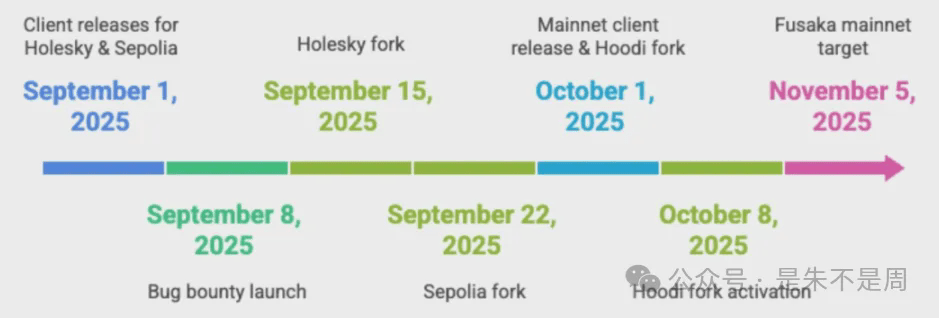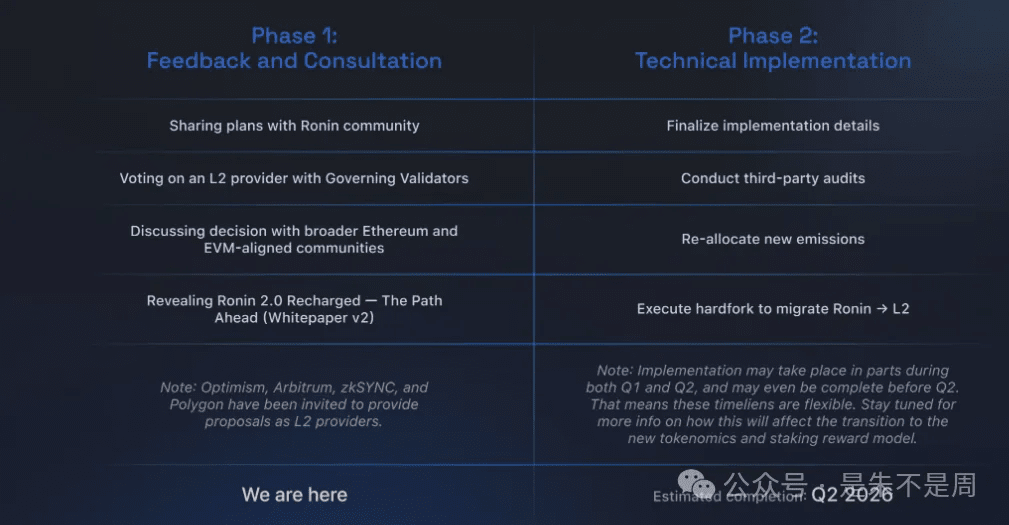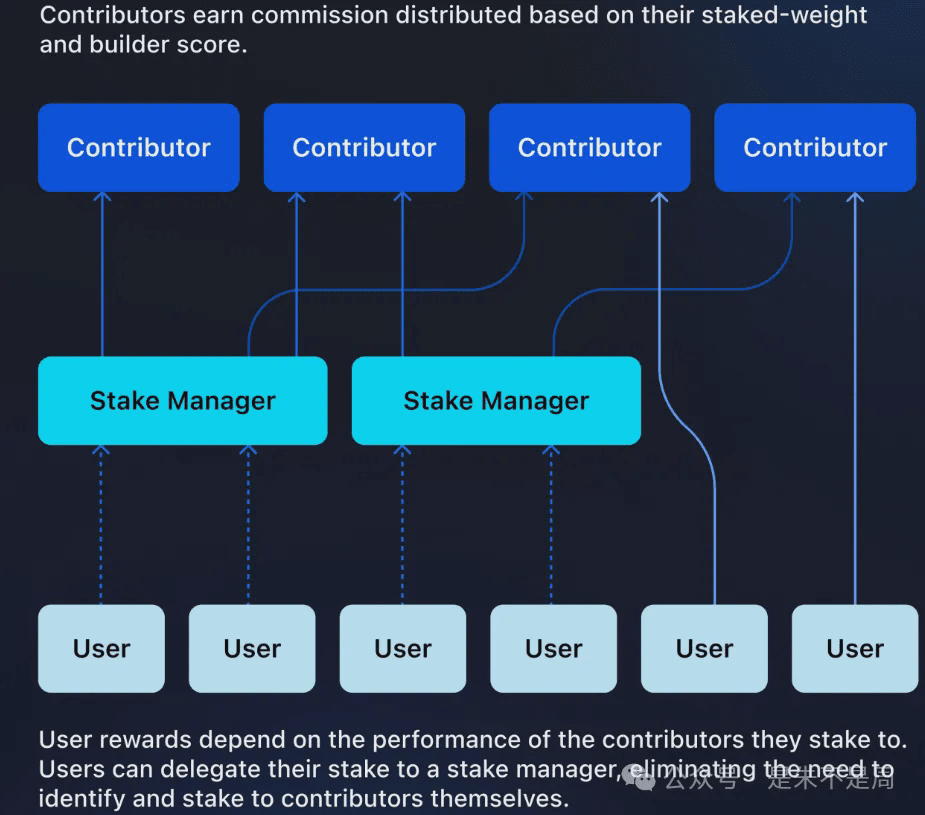On August 15, Ronin suddenly announced its transition from Ethereum sidechain to Layer2 (L2) solution. Just 5 months ago, it was planning the integration of DeFi and gaming on the sidechain; why the accelerated 'return' to the Ethereum ecosystem now? This transformation not only marks a strategic upgrade for Ronin but also reflects the blockchain gaming sector's move towards mature scaling solutions.
From top-tier blockchain games to strategic transformation: The ups and downs of Ronin.
Ronin was born in 2021 as a sidechain tailor-made by the Sky Mavis team for the phenomenon-level game Axie Infinity. At that time, Ethereum's mainnet faced high gas fees and congestion issues, and Ronin quickly emerged with low costs and high throughput, surpassing a million daily active users at its peak, promoting the global popularity of the 'Play-to-Earn' model, with on-chain DEX trading volume exceeding $9.4 billion and NFT trading volume reaching $6.47 billion.
However, the $625 million hack in March 2022 exposed the shortcomings of sidechains in security and decentralization. Subsequently, the team upgraded the verification mechanism, shifted to DPoS consensus, collaborated with institutions to restore the network, and in 2024 recovered $10 million ETH held by white hat hackers, gradually regaining trust. By 2025, Ronin's daily active wallets stabilized at around a million, and TVL rose to $750 million, laying the foundation for transformation.
The bottleneck of sidechains is evident, and L2 has become the new consensus in the industry.
The core driving force behind the transformation is the limitations of the sidechain model. While sidechains are independent and flexible, they struggle to share the security and liquidity of the Ethereum mainnet. In 2025, multiple Layer1 chains like Celo and Cronos will successively migrate to L2, highlighting the industry's preference for solutions that 'inherit Ethereum's security + high TPS.'
Data from the Ethereum Foundation shows that L2 has increased the overall TPS of the network to over 100,000. Ronin plans to adopt zero-knowledge proof (zk) technology to build zkEVM, maintaining compatibility with Ethereum while significantly reducing transaction costs and delays, perfectly fitting the demand for a smooth experience in blockchain games.
Ethereum's strong recovery has become the 'strongest backing' for transformation.
Ethereum's strong performance in Q3 2025 injects confidence into Ronin's return. ETH remains stable above $4,600, nearing its historical high.

The mainnet DeFi TVL exceeds $94.5 billion, far surpassing Solana's $10.8 billion, with ecological activity firmly in first place.
More critically, Ethereum's technical upgrades: The Pectra hard fork in Q1 2025 optimized scalability and staking mechanisms, while the planned Fusaka upgrade at the end of the year will increase blob capacity and reduce node costs, helping L2 achieve tens of thousands of TPS. This has shown Ronin the long-term value of integrating into a 'modular ecosystem.'

Migration will be completed in 2026, with token incentives shifting towards builders.
Ronin plans to complete the migration in Q2 2026, using the Polygon Chain Development Kit (CDK) for technical implementation. After the transformation, transaction speeds will increase 12 times, and NFT transactions and economic activities in games like Axie Infinity will be smoother.

Developers can leverage the 'Ethereum Game Engine' to deploy custom L2 chains, with new projects like Cambria Duel Arena already in the queue.
The token mechanism will also be upgraded: RON rewards will shift from the original validator orientation to sharing among governance validators and ecological contributors, strengthening the incentive cycle between builders and users.

As Sky Mavis co-founder Jihoz said: 'Ronin aims to be the Nintendo of the crypto world.' The shift to L2 may be a key step in rekindling hope for blockchain games.
